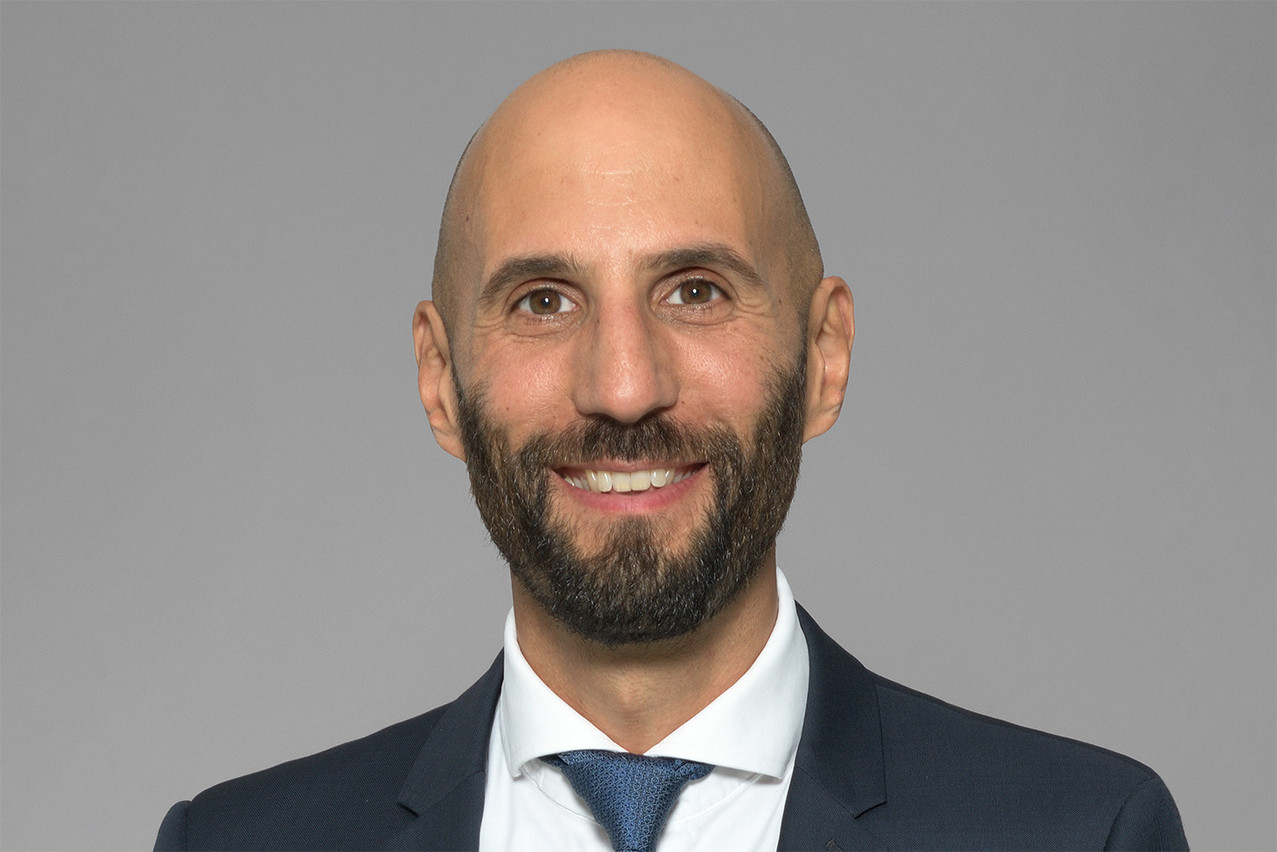Samy Chaar is chief economist at Lombard Odier. From his perspective, we are in the process of avoiding the worst-case scenario: “We are even heading for the best”. Inflation, which “remains one of the main risks for the economy and the markets”, is proof of this. In an exclusive interview with Paperjam+Delano Finance, he gave his forecasts for 2023.
Marc Fassone: How do you see inflation evolving in the US and Europe?
Samy Chaar: The outlook seems to be going in the right direction. Slowly but surely. We are certainly moving in the right direction, but we are starting from a very high level of inflation. We feel that there is still a need for substantial economic efforts before we return to a more normal environment and more acceptable inflation, around 2% to 3%. The authorities, especially the US and European central banks, will keep the pressure on. I emphasise the word keep. The idea is not to increase the pressure on the economy as we saw in 2022, but it is not to decrease it either, in order to ensure that the necessary efforts to bring inflation back to an acceptable level are made.
We seem to be at a point where inflation has peaked and is starting to come down. What has changed?
There are three reasons for this turnaround. The first is that with the economic slowdown, there is a slowdown in the demand for goods. This slowdown is also affecting real estate. This sector is particularly exposed to the effects of rising interest rates.
The second reason for the improved inflation outlook is the improvement in supply chains and supply. A normalisation is taking place, which is confirmed by the evolution of key indicators such as freight costs, delivery times, stress on supply chains or the availability of microprocessors...
But the most determining factor is the change in energy costs. We can even talk about a sharp drop. While we are still above the levels we experienced in 2019, we have fallen back below the average levels of 2021 and 2022.
Read also
With the war in Ukraine stalling, how can we explain this drop in energy costs?
First of all, the mild winter has meant that the stocks accumulated over the past few months have not been touched. But attributing everything to the climate does not do justice to the European authorities who have done a great deal to avoid the worst case scenario for this winter, but also for the next. 100% of Russian gas imports have been offset by imports of liquefied gas from Norway, Qatar, Algeria and the United States.
This has come at a huge cost, but we must salute the responsiveness of the European authorities who have set about securing energy supplies, which has enabled them to achieve a near-record level of storage, which, in the middle of winter, remains at very high levels. Europeans have realised that they have been on the wrong side of the energy strategy for the last 10 years by relying heavily on Russian gas. They have done what they need to do to make up for that mistake. Obviously, when you are 10 years behind, the solution is more expensive...
Even if inflation is on the decline, it is still higher than in the last decade. Where are the brakes?
Unlike the demand for goods, the demand for services remains considerable. It is at high levels in the US and rising in Europe, which feeds underlying inflation.
In the US, the main pressures are on rents, restaurants, leisure and health. These are sectors that are highly correlated with the strength of the labour market. It is a market that remains strong on both sides of the Atlantic. It is clear that in order to return to inflation levels of 2% or 3%, the labour markets would have to lose their strength, and more particularly wage growth would have to remain contained.
This is where the main difference lies between the United States, where wage growth is still quite strong even though it is falling, and Europe, where wage growth remains at relatively acceptable levels. It is this wage growth that forces the US Federal Reserve to have higher levels than the [European Central Bank]. And that is why the central banks are going to ‘keep up the effort’. The Fed will reach 5% and stay there for a long time, as will the ECB, which will aim for more than 3%.
Read also
Keeping up the pressure... at what level and for how long?
At least for the whole of 2023. My feeling is that we will return to acceptable inflation levels at the end of the year. This would pave the way for a more normal environment in which central banks would return to what is called a neutral rate, i.e. a rate that neither stimulates nor constrains the economy.
Wages are a sensitive issue in Europe. Do you see a risk of social unrest in the face of this ‘keeping up the effort’?
I don’t think so. We have wage growth in Europe of around 3% to 4%. Adjusted for inflation, there is a loss of purchasing power, but with inflation reduced to levels close to 3%, the evolution of purchasing power will be more acceptable. This is enough to avoid the worst.
And then--and I’m aware that I’m being a bit complacent about the societal risk--European governments have done a lot to help low-income households and businesses get through the covid crisis and the energy crisis. I would find it surprising if that were forgotten.
Read the original French version of this interview on the site. This article was published for the Paperjam+Delano Finance newsletter, the weekly source for financial news in Luxembourg. .
